In the casting customization industry, many customers will go to suppliers with drawings and samples, but if you ask the price of the silica sol process with water glass castings, it will be a waste of time and meaningless. Although the foundry industry is relatively uncommon, it still contains more subdivision processes. Generally, our business will quickly judge which casting process is suitable for the product through the roughness requirements marked on the drawing and the roughness of the sample.
Of course, even with the same casting process, the casting products produced by different factories have different roughness on the products. The numerical value of casting roughness, to a certain extent, can judge the manufacturing capacity of a foundry. However, for experienced purchasers, what is more important is the consistency of casting roughness, that is, the process control ability of the foundry.
Roughness can be measured
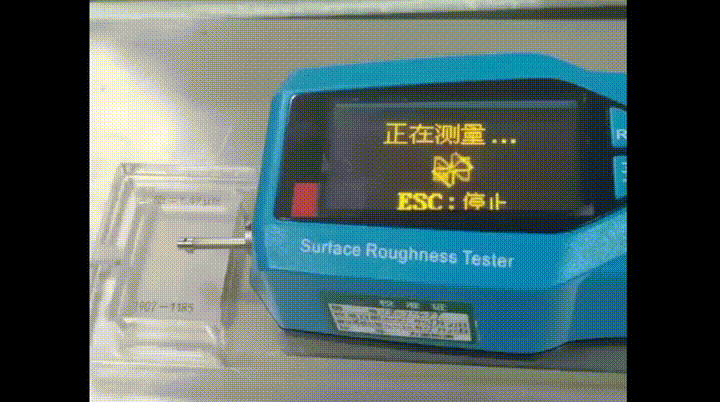
Generally, the roughness of silica sol castings is Ra3.2-6.3, and the roughness of water glass castings is about Ra12.5
Unit conversion of roughness - comparison table of surface roughness (finishness) between China and the United States
| Old Chinese Standard (Finish) | China's new standard (roughness) Ra | American Standard (um)Ra | American Standard (µin)Ra |
| ▽ 4 | 6.3 | 8 | 320 |
| 6.3 | 250 | ||
| ▽ 5 | 3.2 | 5 | 200 |
| 4 | 160 | ||
| 3.2 | 125 | ||
| ▽ 6 | 1.6 | 2.5 | 100 |
| 2 | 80 | ||
| 1.6 | 63 | ||
| ▽ 7 | 0.8 | 1.25 | 50 |
| 1 | 40 | ||
| 0.8 | 32 | ||
| ▽ 8 | 0.4 | 0.63 | 25 |
| 0.5 | 20 | ||
| 0.4 | 16 |
What Are the Factors That Affect the Roughness of the Casting Surface?
In the range of lost wax casting, we have the water glass process and the silica sol casting process, as well as the composite process distributed in the water glass and silica sol process. Water glass and silica sol are the names of the auxiliary materials used in the shell making process - the binder. Of course, there are also differences in the wax material in lost wax casting, the casting process, and the auxiliary material used in the subsequent sand cleaning process—steel shot. Therefore, this article will analyze the reasons for the formation of casting roughness through the following five elements.
1. The effect of wax pattern on roughness
2. Influence of Shell Material on Roughness
3. Influence of casting process on roughness
4. Influence of shot blasting and sand cleaning on roughness
5. Influence of surface treatment processes such as vibration grinding and polishing on roughness
1. The effect of wax pattern on roughness
Generally speaking, the surface roughness of the wax mold made of low temperature wax white wax will be much larger than that of the wax mold made of medium temperature wax green wax, that is, it is much rougher.
Below is the white low temperature wax injection wax video
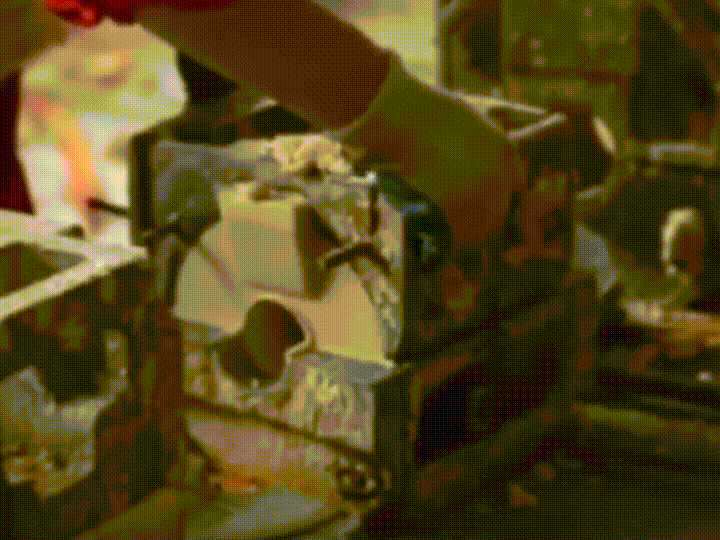
However, it does not mean that the surface of the wax model made of green wax is definitely good. If the wax treatment and wax injection process are improperly handled, it will also cause the surface of the wax model to be rough, even uneven and inconsistent.
The following picture is the surface of the wax model without treatment
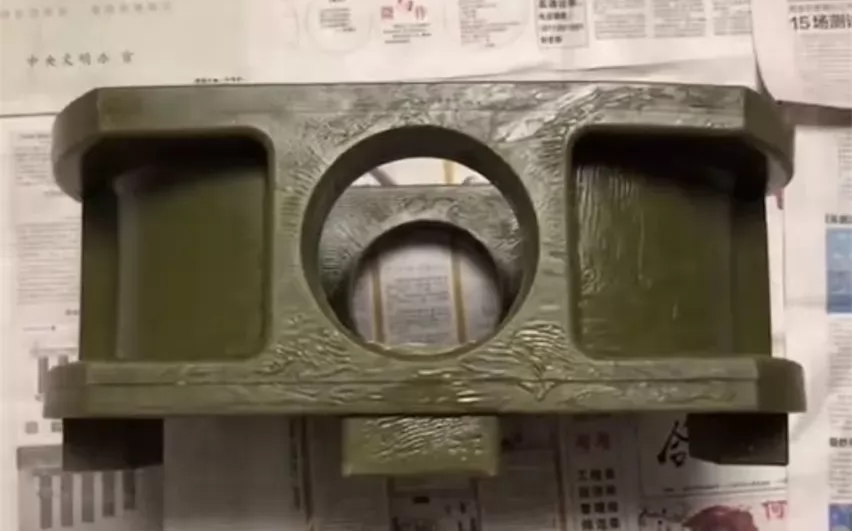
The picture below is the surface of the processed wax mold
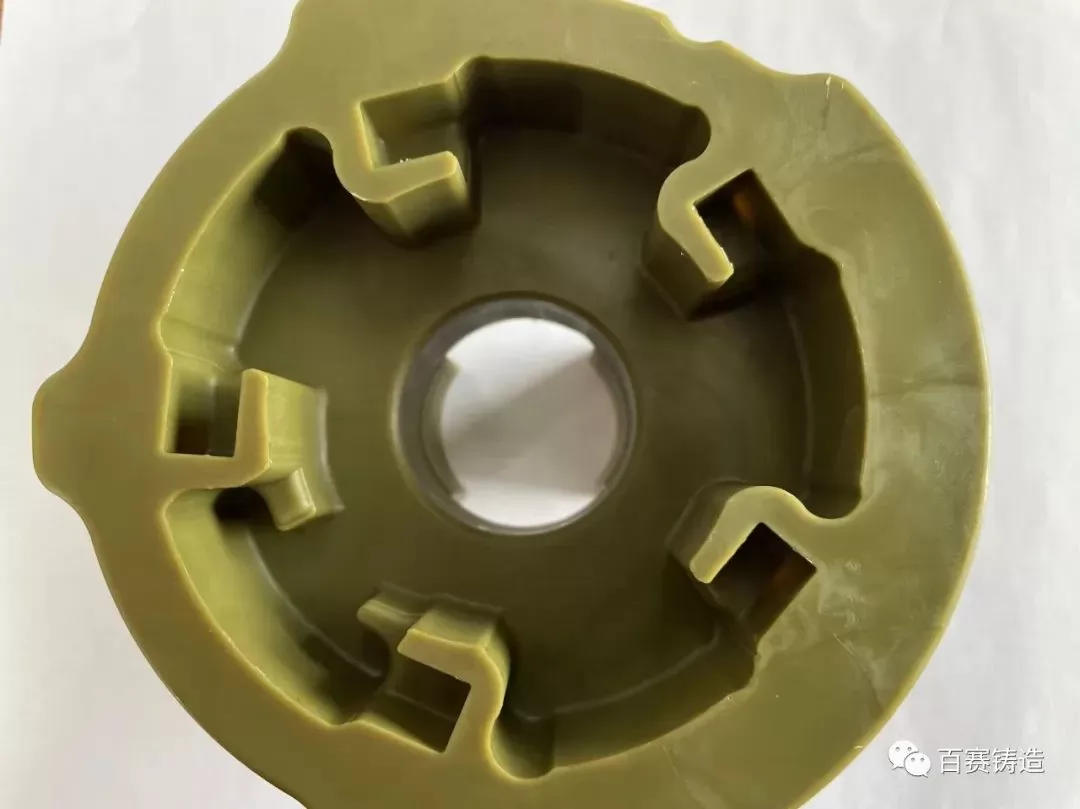
2. Influence of shell material on roughness
Both water glass and silica sol are the names of shell-making adhesives. The sand used in water glass shell making is 80 mesh, which is much smaller than the 200 mesh zirconium powder used in silica sol shell making. The roughness of the innermost layer of the mold shell directly affects the surface roughness of the casting, because after the molten steel is poured into the mold shell, the outer surface of the casting and the inner layer of the mold shell are closely connected.
3. The effect of casting process on roughness
Process parameters such as the pouring temperature of molten steel and the degree of vacuum during pouring have an impact on the surface roughness of the casting, especially the mold shell temperature and pouring temperature. Vacuum degree is the advantage of vacuum casting. It is generally used in high nickel alloys. The surface roughness of castings is much better and more beautiful than non-vacuum casting castings.
As the temperature of the mold shell and the molten steel increase, the filling performance of the molten steel improves, and the depth of penetration into the pores of the mold shell surface increases, so the surface roughness of the casting increases. This goes back to the material of the mold shell. The high temperature resistance of zircon powder and zircon sand used in the silica sol process is much higher than that of the mold shell material used in the water glass process. Therefore, the silica sol process can produce castings with better surface roughness.
4. Influence of shot blasting and sand cleaning on roughness
Generally, the sand cleaning equipment of the casting factory will have shock shell and shot blasting, and the principle of the shock shell is to shake the mold shell on the surface of the casting by vibration without touching the surface of the casting, so it generally does not affect the surface of the casting.
The principle of the shot blasting machine is to use a steel shot with a diameter of 0.3-0.5mm to hit the surface of the casting at 360 degrees to clean the sand on the surface of the casting. Therefore, the size of the steel shot used for shot blasting will directly affect the surface of the casting. The larger the steel shot hits the surface of the casting, the better the sand cleaning effect, but the roughness of the casting surface must be relatively worse.
The following is the principle of shot blasting machine

Some foundries also have sandblasting machines, which are generally used to treat castings with high surface roughness requirements.
5. Influence of surface treatment processes such as vibration grinding and polishing on roughness
Vibration grinding is a relatively low-cost way to improve the surface roughness of castings.
In general, vibration grinding uses steel balls or stones to grind the product continuously. After 6-8 hours, the surface roughness of Ra3.2-6.3 can be improved to Ra1.6-3.2.
The following is the principle of vibration grinder
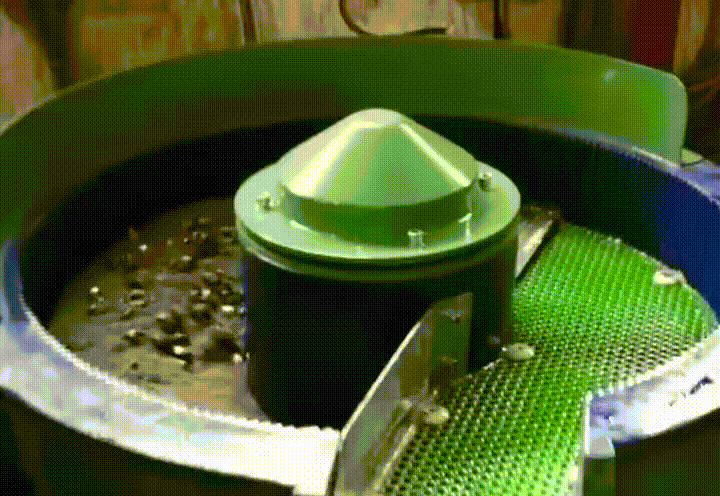
The following picture is the product picture of vibration grinding
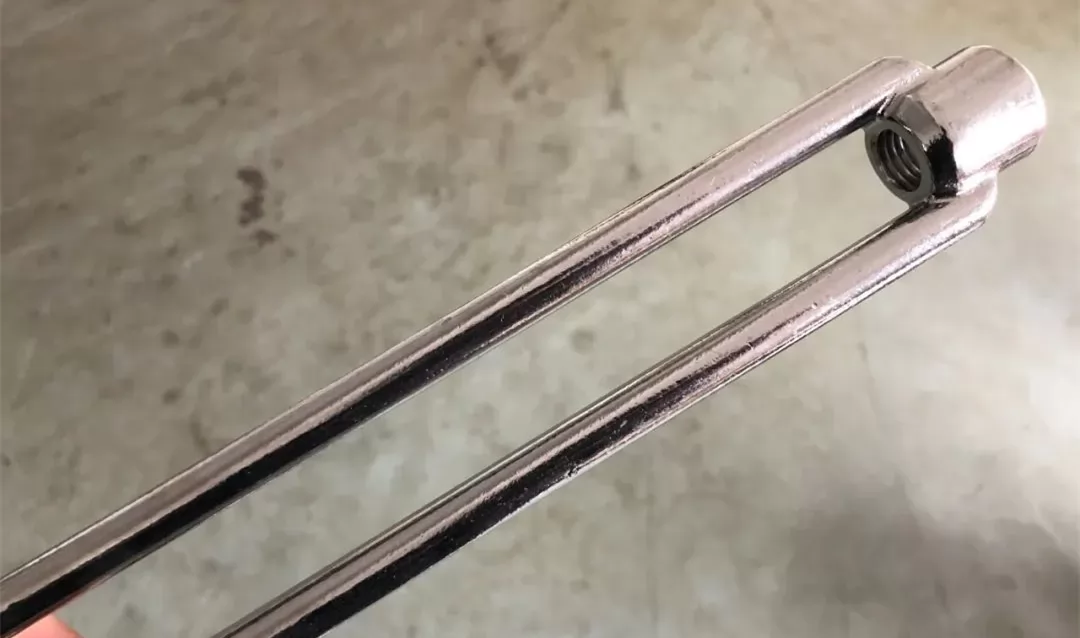
Therefore, in summary, the roughness of the casting surface is determined by the process, and the roughness requirements can determine the selection of the process to a certain extent.
The roughness of wire drawing polishing is Ra0.8-1.6
In addition, electrolytic polishing can only increase the brightness of the surface, but cannot change the roughness of the casting.
The picture below is a picture of a casting with wire drawing polishing and electrolytic polishing
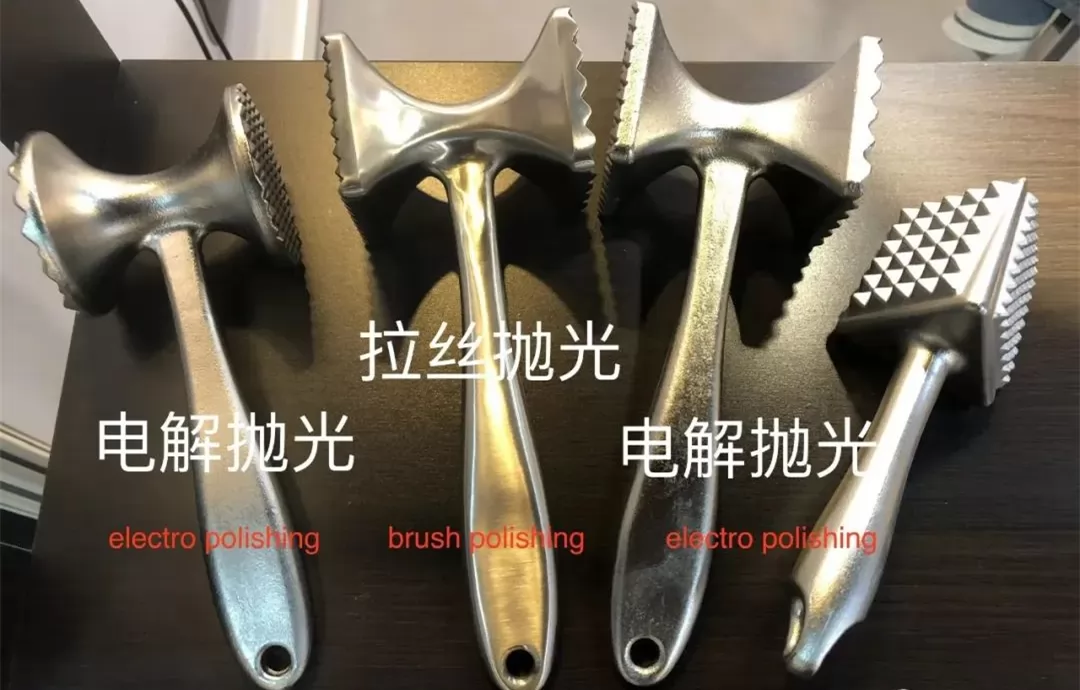
An excellent foundry can provide consistent surface roughness when making large quantities of castings. Products of stable quality.
I hope that through this short article, everyone can have a general understanding of the surface roughness of castings, and at the same time, I hope that it can help purchasers and colleagues who have just entered the casting industry to make progress together.



